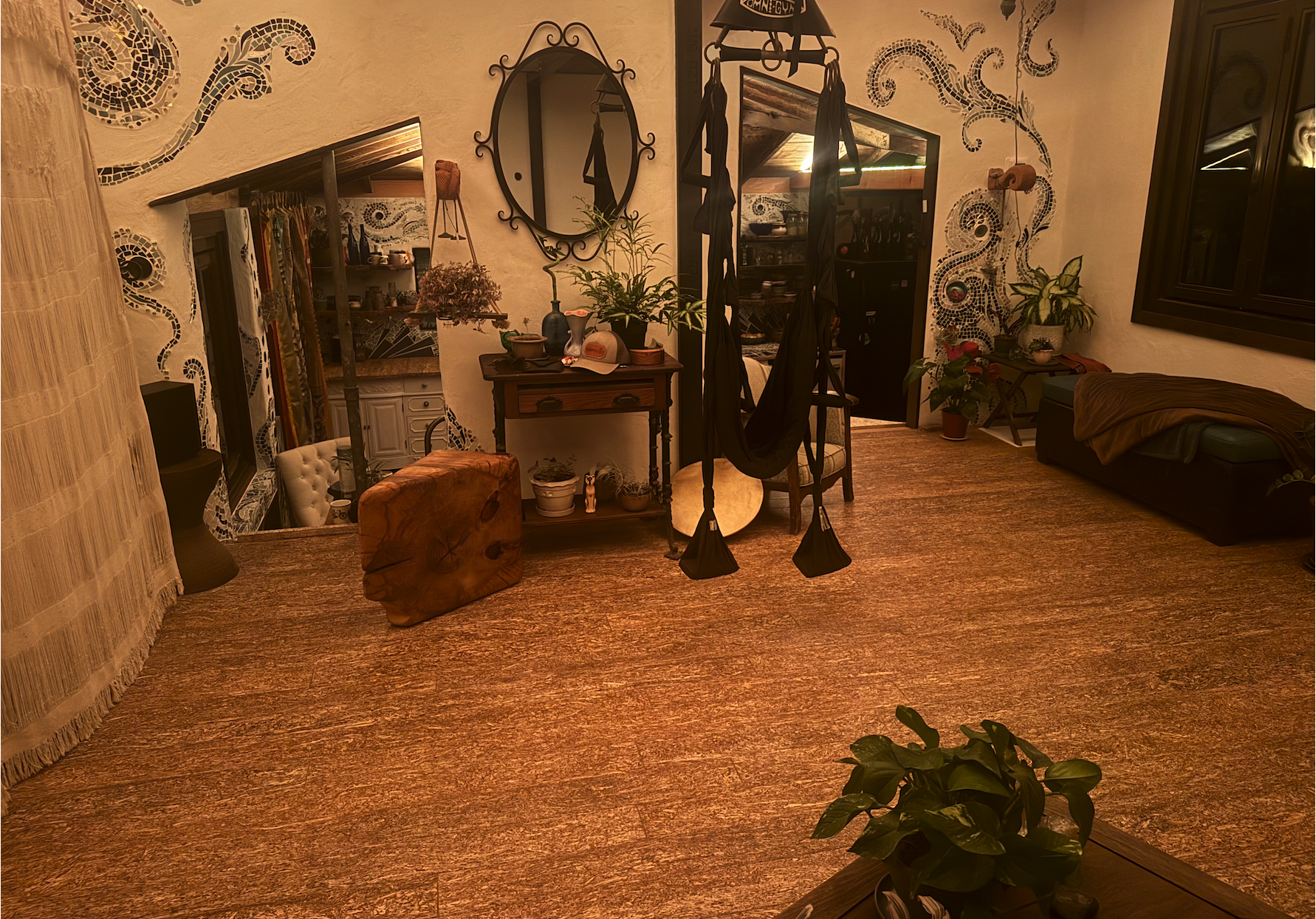Leading the Future of Sustainable Wood Products
HempWood, founded by Greg Wilson and headquartered in Murray, Kentucky, is redefining engineered wood through sustainable innovation. With a focus on efficiency and environmental...
.jpg?width=1280&height=720&name=pexels-mikebirdy-145661%20(1).jpg)
When finishing walls, homeowners and builders often default to latex paint due to its availability and ease of application. However, natural alternatives like clay and lime plaster offer superior health benefits, durability, and environmental sustainability. This article explores the differences between these options and explains why lime plaster stands out as an antiviral and antimicrobial wall finish.
Despite being water-based, latex paint still contains chemicals and volatile organic compounds (VOCs). Common components include:
Even "low-VOC" or "zero-VOC" paints may contain small amounts of formaldehyde, ethylene glycol, and other compounds that affect indoor air quality.
Unlike latex paint, clay and lime plaster contain no synthetic VOCs or harmful additives. Their compositions are entirely natural:
Both plasters allow walls to "breathe," regulating humidity without trapping moisture or releasing harmful chemicals.
In high-humidity environments, latex paint can seal moisture inside walls, leading to mold growth and structural damage over time.
Clay plaster absorbs and releases humidity naturally, making it an excellent choice for maintaining balanced indoor air quality. Lime plaster, on the other hand, is highly breathable and naturally resistant to mold and bacteria. This makes it ideal for damp climates and for use with natural wall systems like hempcrete.
Latex paint is prone to chipping and peeling over time, requiring frequent repainting—especially in high-traffic areas.
Lime plaster, in particular, hardens as it reacts with atmospheric CO₂, effectively turning into limestone over time—making it one of the most durable wall finishes available.
Lime plaster is unique in that it has natural antimicrobial and antiviral properties. But how does this work?
Studies have shown that lime plaster can effectively reduce microbial growth on surfaces, making it an excellent choice for homes, hospitals, and public spaces where air quality and hygiene are priorities.
While latex paint provides a smooth, uniform look, it is plastic-based and not biodegradable.
One of the best aspects of clay and lime plasters is that they can be applied over existing drywall, painted surfaces, or other wall finishes. This means you don’t need to demolish walls or make costly renovations to enjoy the benefits of a natural, breathable, and toxin-free finish.
For those working with hempcrete or other natural building materials, lime or clay plaster is the superior finish, complementing the breathability and sustainability of the structure.
If you’re looking for a healthier, longer-lasting, and eco-friendly wall finish, clay and lime plasters far outperform latex paint. Not only do they enhance indoor air quality, but lime plaster also provides a natural defense against viruses, mold, and bacteria.
For anyone building or renovating with sustainability and health in mind, plaster-based finishes are the clear winner.

low carbon footprint, energy efficient
HempWood, founded by Greg Wilson and headquartered in Murray, Kentucky, is redefining engineered wood through sustainable innovation. With a focus on efficiency and environmental...